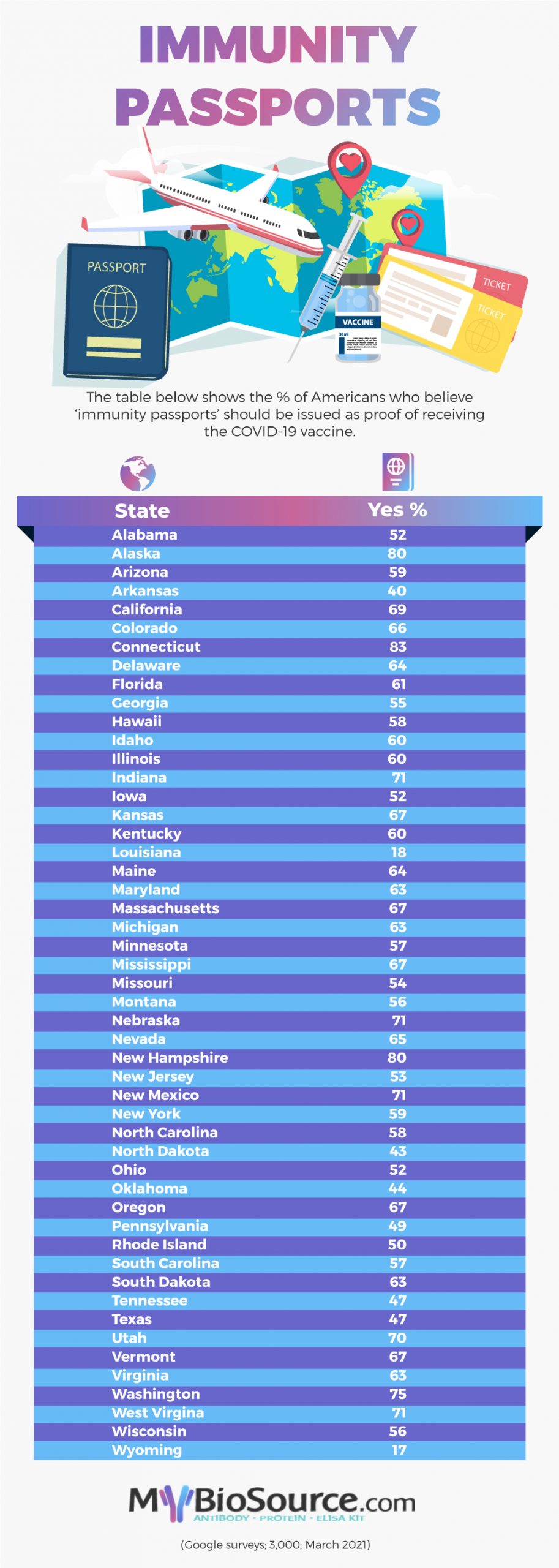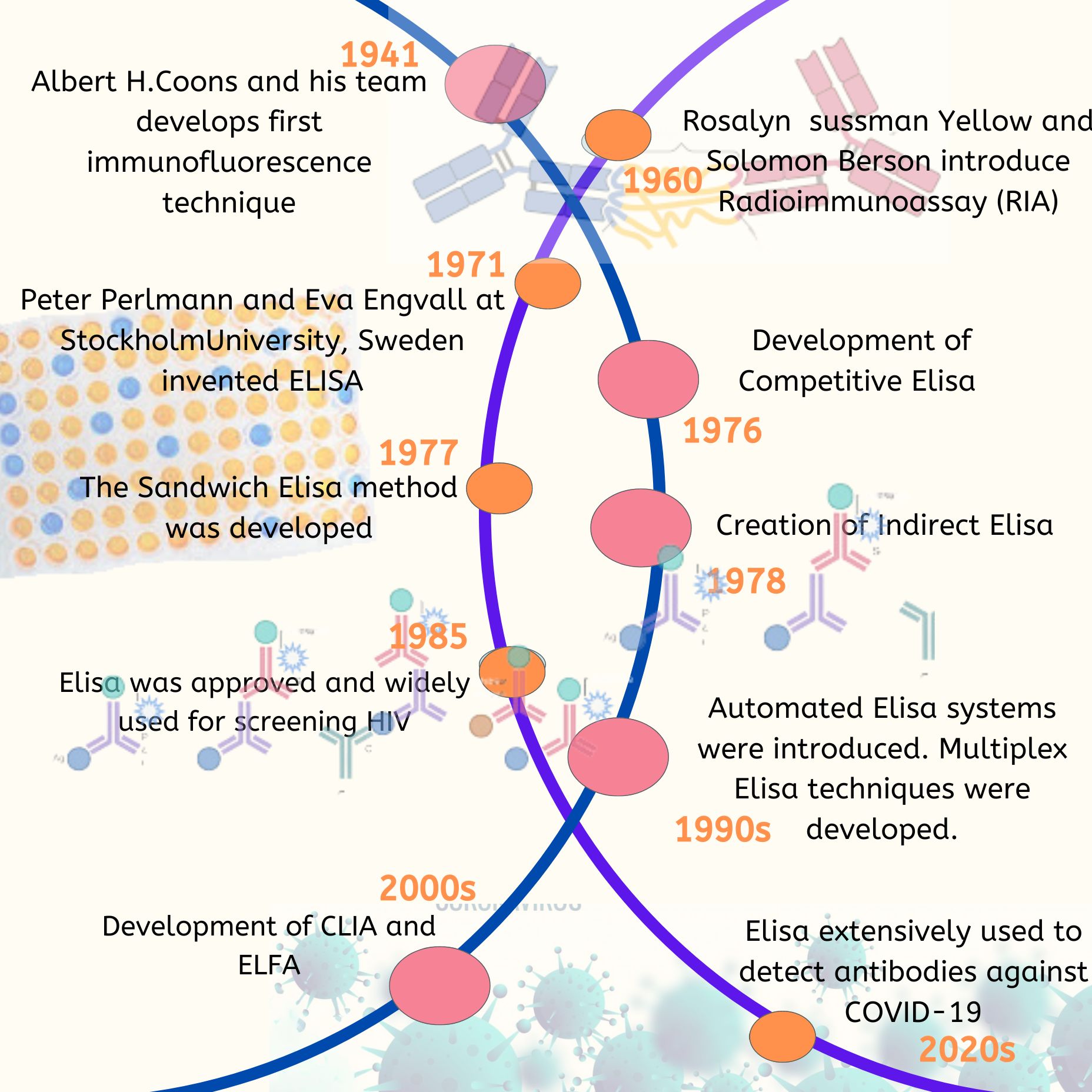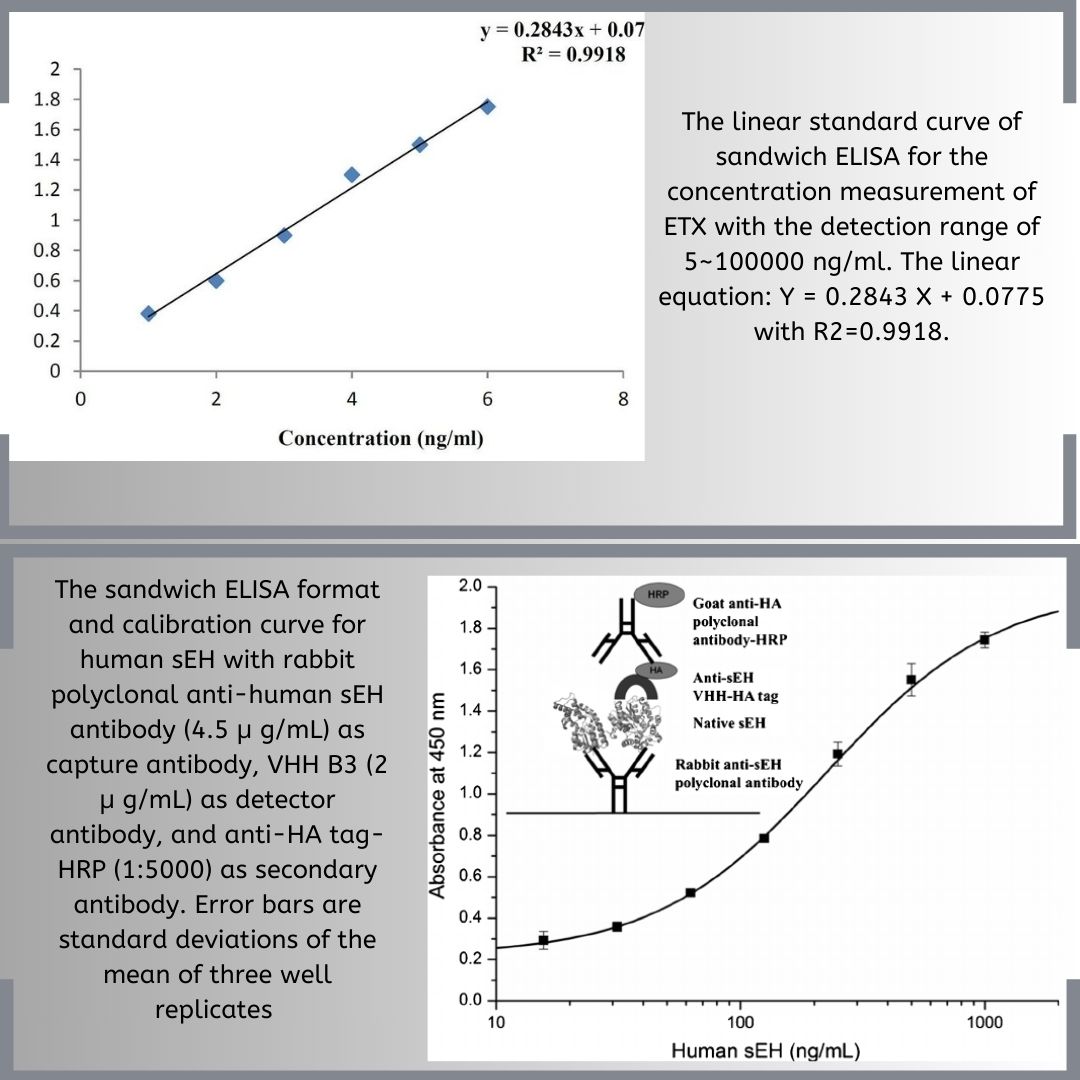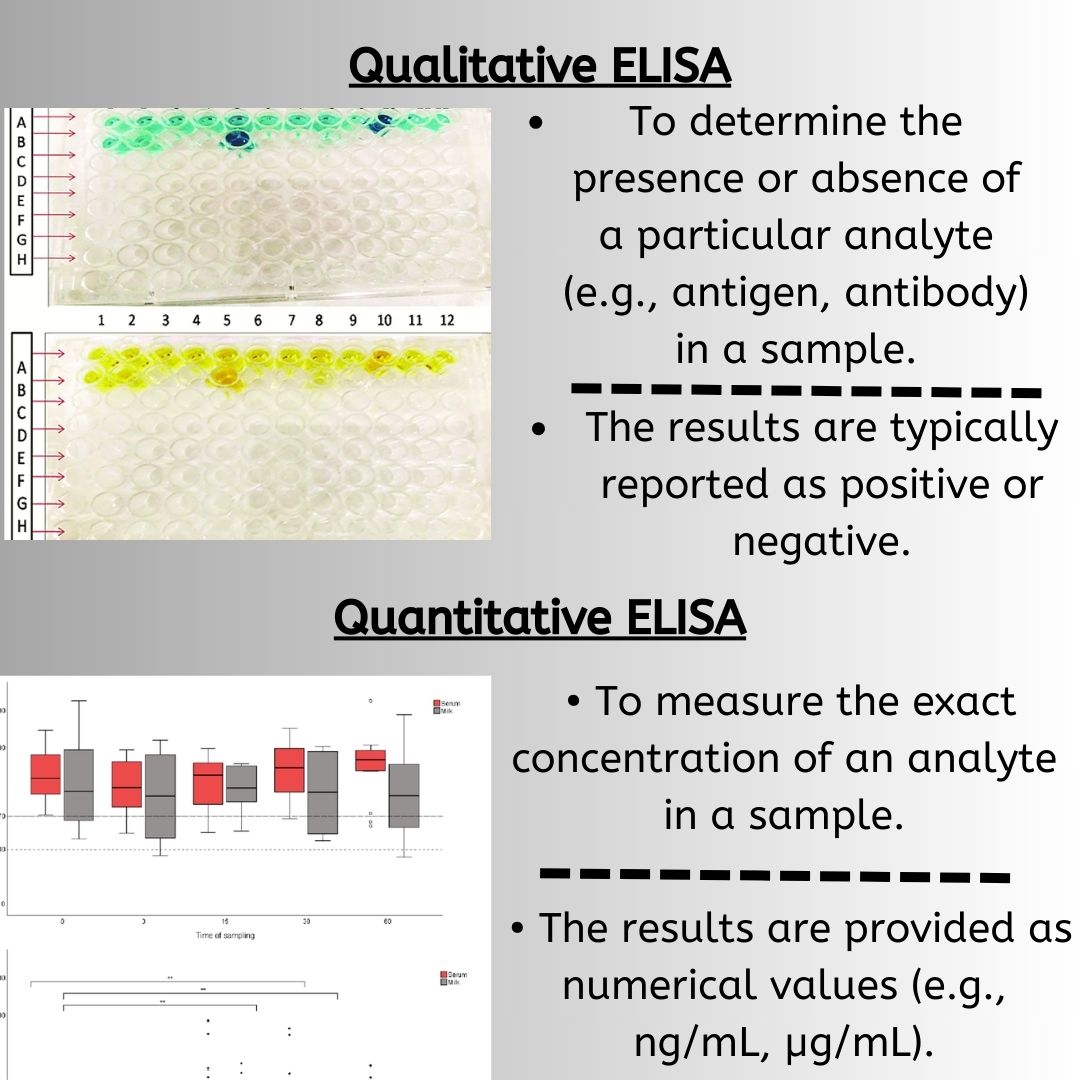
History Of Pandemics
Table of Contents 1. Introduction 2. What is a Pandemic · Challenges in recording earlier pandemics · Difference between pandemic and epidemic 3. …

A History Of Viruses And Bacteria (And The Worst Of Them)
Table of Contents What is Virus? Transmission of Viruses Contagious period after contracting a viral infection Can the Virus evolve? Types of Viruses Some…

A Guide To Genetic Engineering Biotech And How It Works
Table of Contents Introduction What is genetic engineering The benefits of genetic engineering Concerns surrounding genetic engineering What is the genetic engineering used…

The Future of Cloning: From Dolly The Sheep To Elizabeth Ann
Table of Contents 1. Introduction 2. Is Cloning possible? o Stem cell research and cloning o Cloning whole organisms 3. Do Clones ever occur…

Proof of Immunity? New Study reveals how Americans feel about COVID-19 ‘immunity passports’
We surveyed 3,000 people to take the pulse of the nation when it comes to immunity passports. We found that that opinion was quite…

A Complete Guide To Understanding CRISPR & Gene Editing
Table of Contents Introduction History of gene editing Pre-1960s with the discovery of double helix to producing DNA in a test tube 1960s –…

National Poison Prevention Week
Table of Contents I. Introduction • Accidental poisonings as a leading public health problem II. Factors Contributing to Pediatric Poisoning • Developmental milestones sequence…

World TB Day
Table of Contents 1. Introduction • Background and history of tuberculosis (TB) • Global impact of TB • World TB Day 2. Pathogenesis of…
HIV/AIDS Awareness Day
Table of Contents 1. Introduction • Brief history of HIV infection 2. Understanding HIV 3. Fighting HIV/AIDS • Importance of stopping HIV replication in…
American Diabetes Alert Day
Table of Contents Diabetes in the US American Diabetes Alert Day Understanding Diabetes Types of Diabetes Testing for Diabetes Complications of Diabetes Prevention and…
Epilepsy Awareness Day
Table of Contents Diabetes in the US American Diabetes Alert Day Understanding Diabetes Types of Diabetes Testing for Diabetes Complications of Diabetes Prevention and…
Brain Awareness Week
Table of Contents I. Overview of the complexity and functions of the brain II. Anatomy of the Brain A.Ventricles and support cells B. Divisions…



